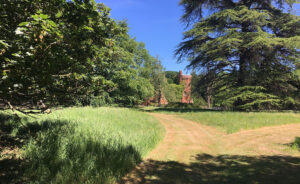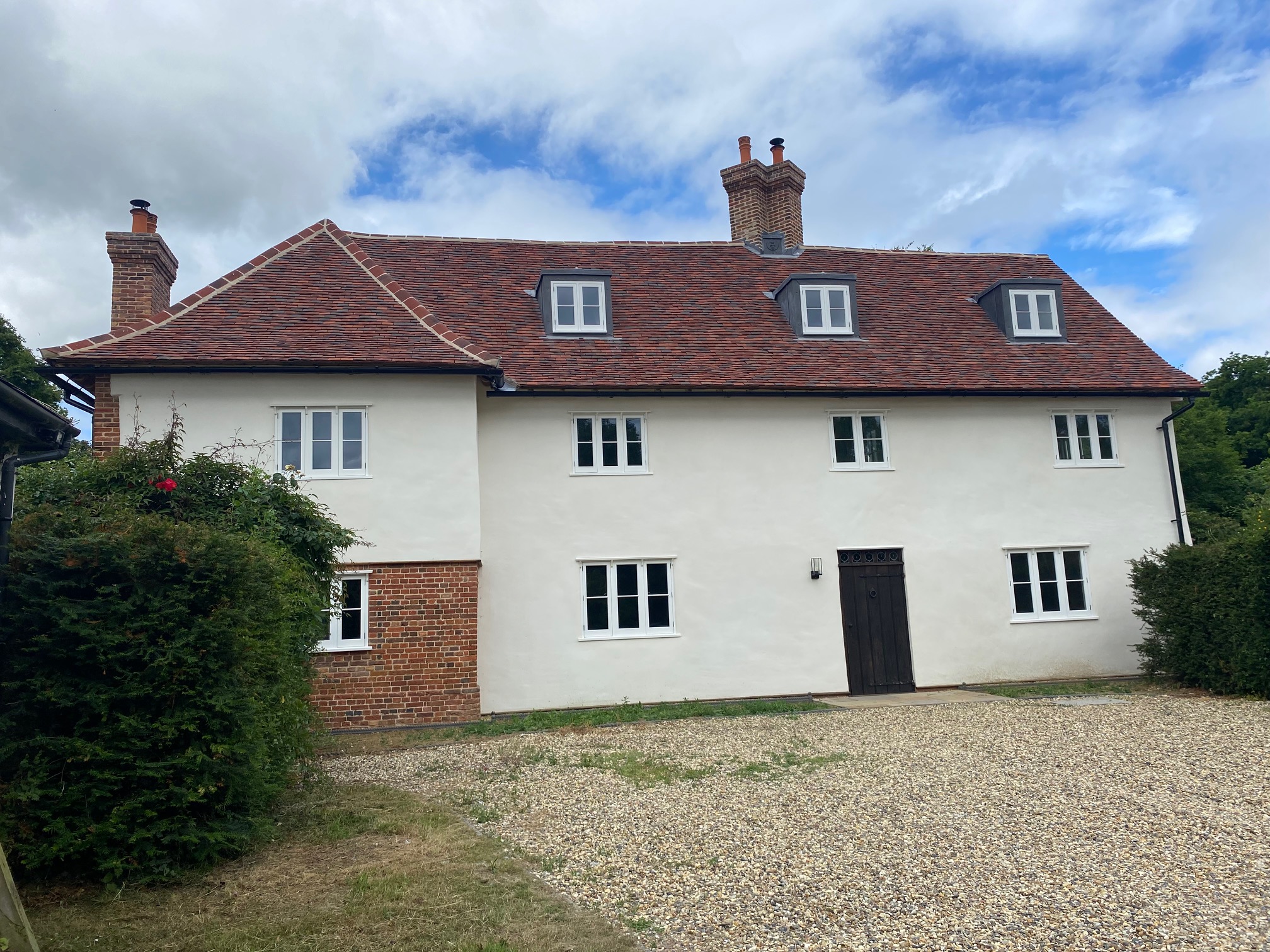Bryophyte Survey on Rougham Estate 2019
Mosses and liverworts are bryophytes and they reflect habitat diversity at a big and micro-scale and the presence of rarities can reflect the health of the environment locally too. Volunteer Bryophyte County Recorder Richard Fisk carried out a bryophyte survey over targeted areas of Rougham Estate in 2019. Of Suffolk’s total of 319 mosses (288 since 1980), 101 species ie 26% of Suffolk’s species were found in this survey of Rougham Estate habitats. And of Suffolk’s total 79 liverworts (63 since 1980), 10 species ie 13% were recorded in this survey. Several rare and unusual species were recorded and a few of the common species were missing.
Bryophyte Survey on Rougham Estate 2019 Read More














